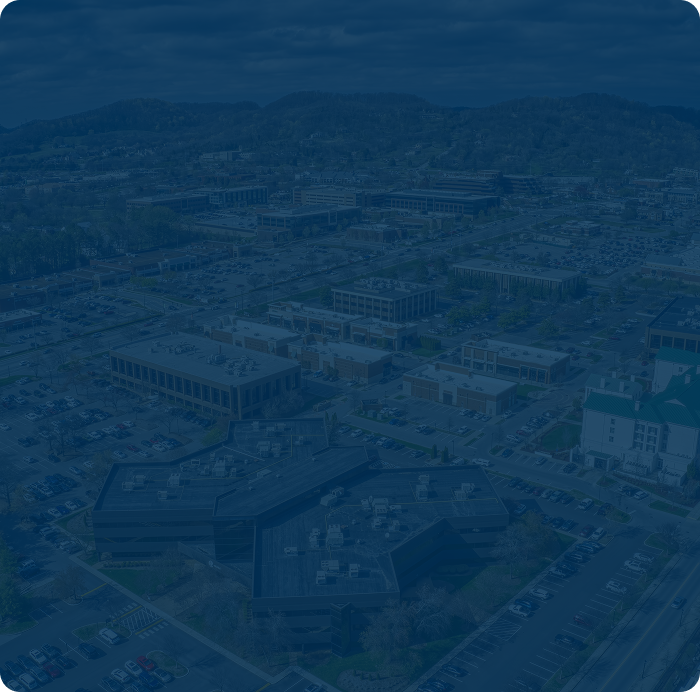Federal Laws and Regulations
Most car companies believe the best way to move forward with self-driving cars is to have a single set of regulations, spear-headed by the federal government. Allowing each state to pass its own laws with no regard for cohesiveness will result in an unworkable patchwork and be a major roadblock to autonomous vehicles.
The federal government has recently made several big announcements regarding its role in autonomous car technology. In early 2016, the Obama administration announced a plan to spend almost $4 billion over the next ten years on autonomous cars, with most of that money going towards testing programs. (See http://www.nbcnews.com/tech/tech-news/obama-administration-unveils-4b-plan-jump-start-self-driving-cars-n496621). In addition, the head of the NHTSA has stated that he would like to see self-driving cars increase the safety of driving by at least twofold.
The most important move thus far by the federal government came in September 2016, when it released the Federal Automated Vehicles Policy. The policy, which does not have the weight of a federal regulation or law, focuses on four areas: 1) “vehicle performance guidance for automated vehicles;” 2) a model state policy; 3) information about what the National Highway Traffic Safety Administration (NHTSA) can do using current regulations to address automated vehicles; and 4) new regulatory tools the NHTSA is considering. The policy appears to be very pro-autonomous technology, emphasizing the potential benefits of saving lives and making people’s driving time less stressful and more productive and/or enjoyable.
First, the policy addresses “best practices for the safe pre-deployment design, development and testing of [highly autonomous vehicles] prior to commercial sale or operation on public roads.” This section of the policy calls for manufacturers to perform a safety assessment covering fifteen areas: data recording and sharing, privacy, system security, vehicle cybersecurity, human machine interface, crashworthiness, consumer education and training, registration and certification, post-crash behavior, federal, state and local laws, ethical considerations, operational design domain, object and event detection and response, fall back (minimal risk condition), and validation methods.
Next, the policy addresses the need for a model state policy. According to the document, “a manufacturer should be able to focus on developing a single [highly autonomous vehicle] fleet rather than 50 different versions to meet individual state requirements.” Of note, the policy points out that “the Model State Policy confirms that States retain their traditional responsibilities for vehicle licensing and registration, traffic laws and enforcement, and motor vehicle insurance and liability regimes.” When discussing how similar state laws should be, the policy states that the goal “need not be uniformity or identical laws and regulations across all States. Rather, the aim should be sufficient consistency of laws and policies to avoid a patchwork of inconsistent State laws that could impede innovation and the expeditious and widespread distribution of safety enhancing automated vehicle technologies.” The policy also says that states should address any “unnecessary impediments to the safe testing, deployment, and operation of [highly autonomous vehicles], and update references to a human driver as appropriate.”
Third, the policy looks into how NHTSA’s existing regulatory authority can be applied to self-driving cars. The policy clearly points out that the NHTSA has the ability to “recall vehicles or equipment that pose an unreasonable risk to safety even when there is no applicable Federal Motor Vehicle Safety Standard.”
Finally, the policy considers new tools and authorities that might be needed in the future. The policy notes that autonomous car technology changes quickly, and new tools may be needed to allow the NHTSA to be “more nimble and flexible.”
You can download a copy of the new federal policy here, or read two articles about the policy here and here.
As part of the process of developing these new guidelines, the NHTSA released a report in March 2016 entitled “Review of Federal Motor Vehicle Safety Standards (FMVSS) for Automated Vehicles: Identifying potential barriers and challenges for the certification of automated vehicles using existing FMVSS.” (You can view the entire report at http://ntl.bts.gov/lib/57000/57000/57076/Review_FMVSS_AV_Scan.pdf).
Overall, this report found that autonomous cars using a traditional design in which there is a steering wheel and a brake/gas pedal that a human driver can use face few barriers to complying with existing FMVSS. Highly automated cars without the option of a human driver, i.e., those without a steering wheel or brake/gas pedal, on the other hand, would be in conflict with many existing FMVSS. Current FMVSS assume that a driver will be present and are written in a way that may hinder the implementation of the latest driverless technologies. These challenges have been identified now, and the report states that “[c]ontinual assessment of the FMVSS will likely be needed to balance the need for public safety with both the near- and long-term development of these rapidly advancing technologies.”
Another big breakthrough for driverless car technology at the federal level came in a 2016 letter from the NHTSA responding to questions posed by Google related to regulatory interpretation. Google is working to develop a fully autonomous, truly driverless car with no option for human intervention. This car would not have a steering wheel or other controls, as it would always be operated by the self-driving system. In its letter, the NHTSA stated it would interpret the self-driving system as a “driver” for purposes of the FMVSS. While the letter itself notes many issues the fully driverless car would have in complying with current FMVSS, interpreting the computer system as a “driver” is a huge step towards federal compliance for these types of vehicles. You can access and review the letter in its entirety at http://isearch.nhtsa.gov/files/Google%20–%20compiled%20response%20to%2012%20Nov%20%2015%20interp%20request%20–%204%20Feb%2016%20final.htm.
In 2016, some lawmakers and industry professionals began lobbying for a national testing site for autonomous vehicles. Such a site would potentially help carmakers and regulators collaborate and share information, making the process safer and more efficient. One site that has been mentioned as a potential location is located in Michigan.




